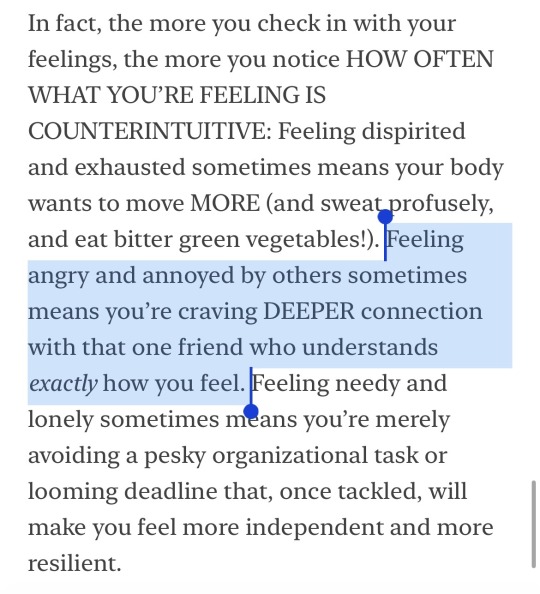Text

Jean Arthur and Mary Martin on the set of The Talk of the Town, 1942.
214 notes
·
View notes
Text

Jean Arthur and Colin Clive in Frank Borzage’s HISTORY IS MADE AT NIGHT (1937)
88 notes
·
View notes
Text




THE TALK OF THE TOWN (1942) dir. George Stevens
660 notes
·
View notes
Photo

Barbara Stanwyck in The Moonlighter, 1953
738 notes
·
View notes
Text
The gelatin in film stock was made from the hide, bones, cartilage, ligaments, and connective tissue of calves (considered the very best), sheep (less desirable), and other animals who passed through the slaughterhouse. Six kilograms of bone went into a single kilogram of gelatin. Eventually, the demands of photographic industries generated so much need for animal byproducts that slaughterhouses became integrated into the photographic production chain. Controlling the supply chain became key to Kodak's success. In 1882, as Kodak began to grow as a company, widespread complaints of fogged and darkened plates stopped production. The crisis almost ruined Kodak financially and resulted in the company tightly monitoring the animal by-products used in gelatin. Decades later, a Kodak emulsion scientist discovered that cattle who consumed mustard seed metabolized a sulfuric substance, enhancing the light sensitivity of silver halides and enabling better film speeds. The poor-quality gelatin in 1882 was due to the lack of mustard seeds in the cows' diet. The head of research at Kodak, Dr. C. E. Kenneth Mees, concluded, "If cows didn't like mustard there wouldn't be any movies at all." By controlling the diet of cows who were used to make gelatin, Kodak ensured the quality of its film stock. As literary scholar Nicole Shukin reflects, there is a "transfer of life from animal body to technological media." The image comes alive through animal death, carried along by the work of ranchers, meatpackers, and Kodak production workers.
—Siobhan Angus, Camera Geologica: An Elemental History of Photography
20K notes
·
View notes
Text


Jean Arthur in HISTORY IS MADE AT NIGHT (1937)
213 notes
·
View notes
Text

Julian K. Jarboe, from her novel titled "Everyone on the Moon is Essential Personnel,"
744 notes
·
View notes
Text
"Remember how long you've been putting this off, how many extensions the gods gave you, and you didn't use them. At some point you have to recognize what world it is that you belong to; what power rules it and from what source you spring; that there is a limit to the time assigned you, and if you don't use it to free yourself it will be gone and will never return."
Marcus Aurelius - Meditations, Book 2, 4.
5K notes
·
View notes
Photo
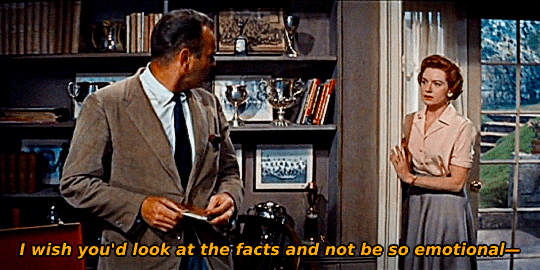
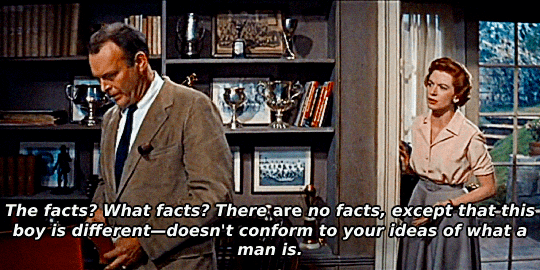

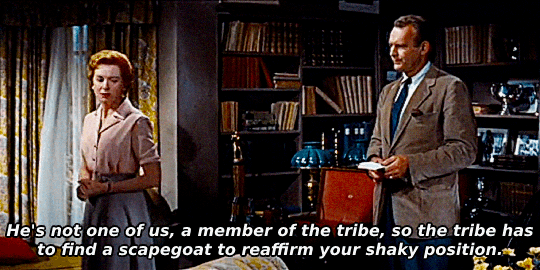
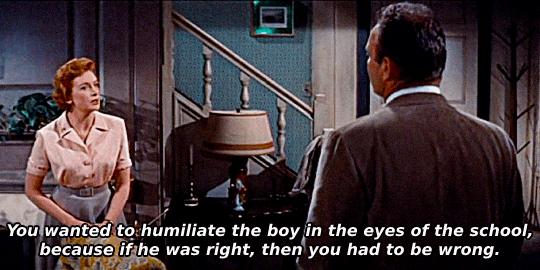



Tea and Sympathy (1956) dir. Vincente Minnelli
2K notes
·
View notes
Text
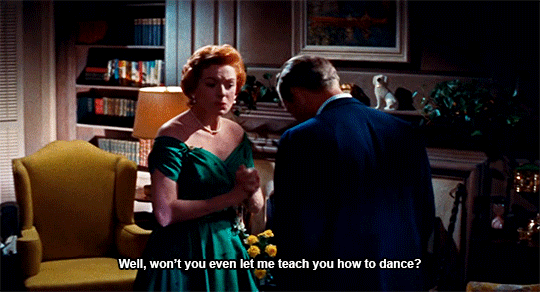



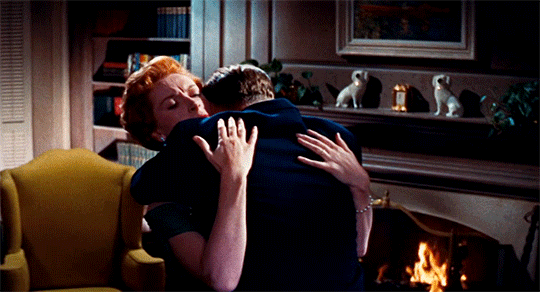
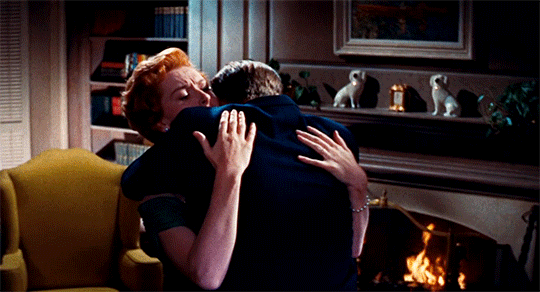


DEBORAH KERR and JOHN KERR in Tea and Sympathy (1956)
163 notes
·
View notes
Photo
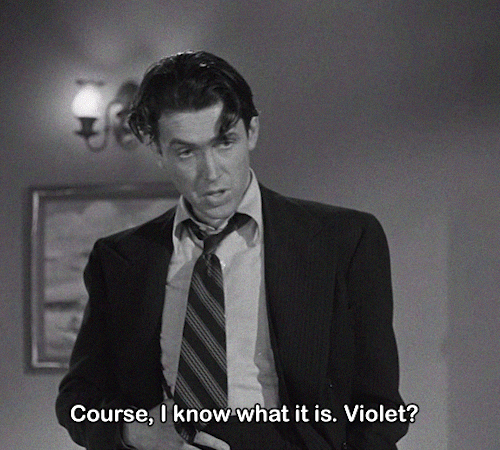
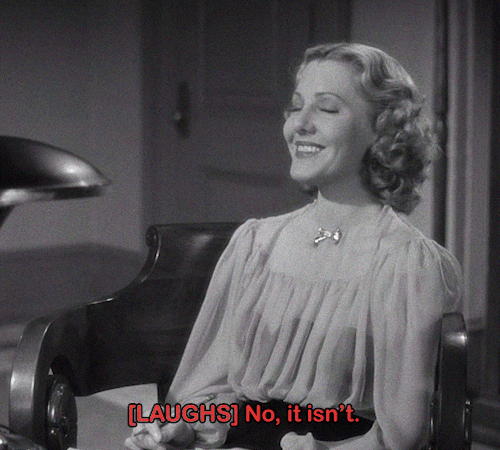
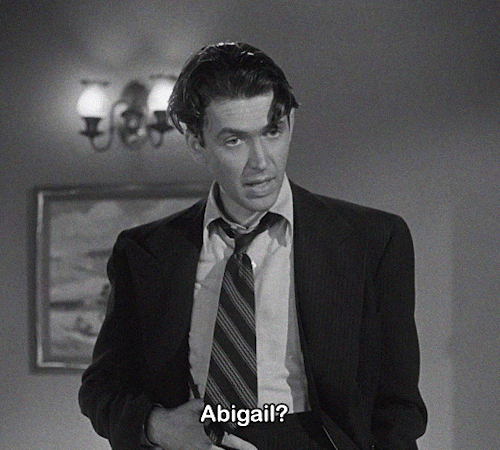
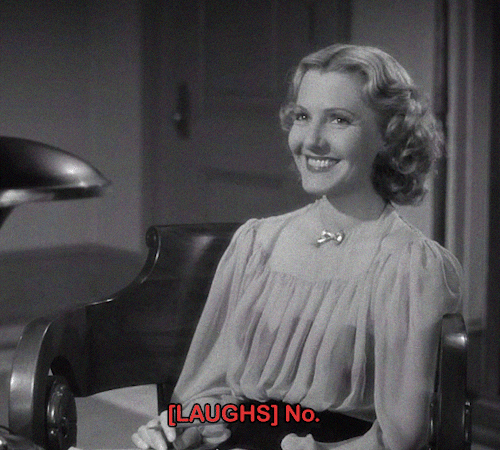
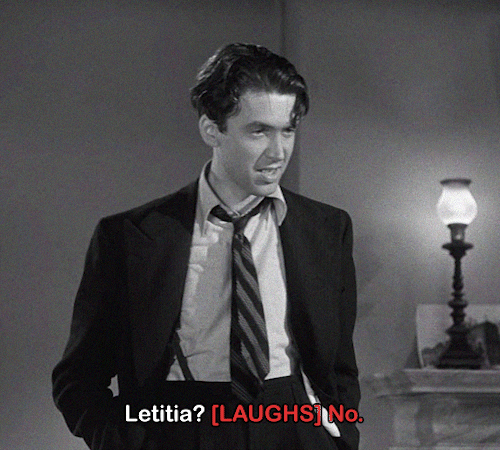



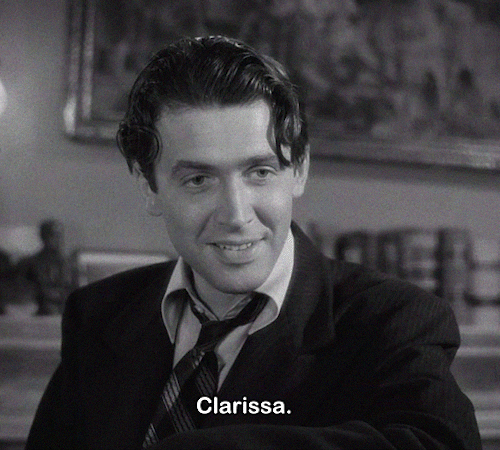

JAMES STEWART and JEAN ARTHUR in MR. SMITH GOES TO WASHINGTON (1939) | dir. Frank Capra
993 notes
·
View notes
Text




You Can't Take It with You (Frank Capra, 1938)
477 notes
·
View notes
Text
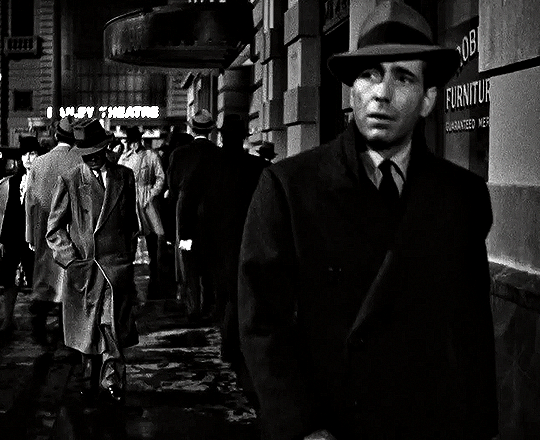
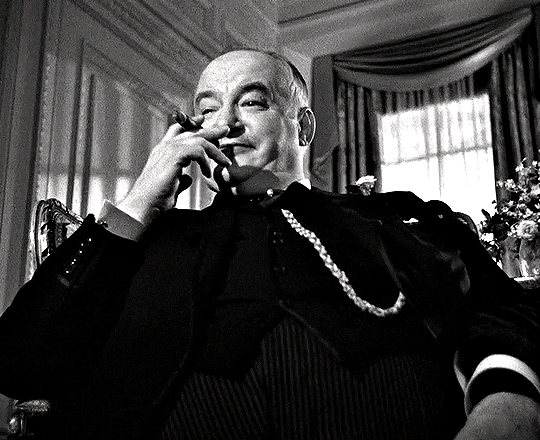
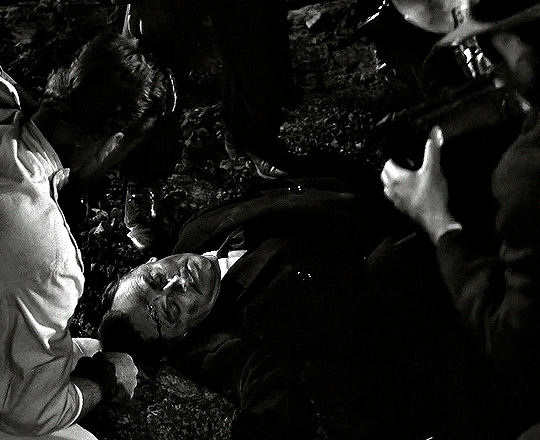
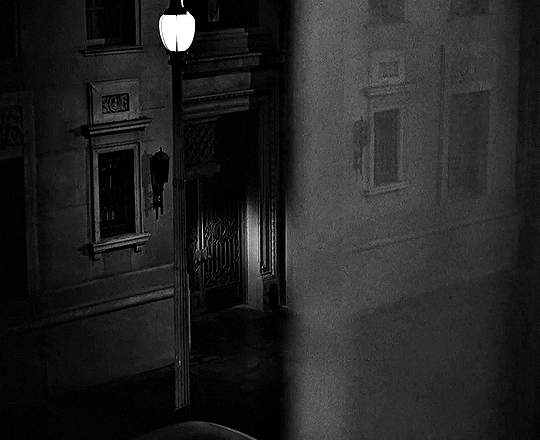
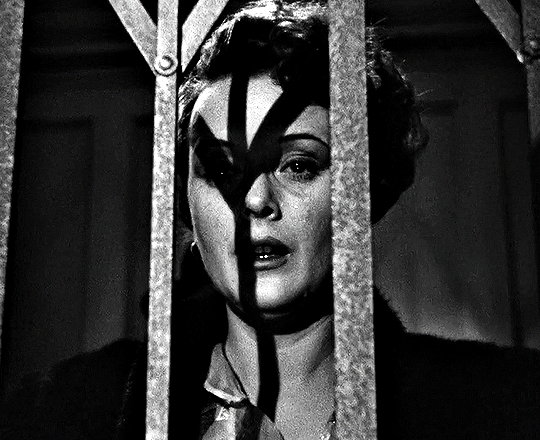

THE MALTESE FALCON (1941) dir. John Huston
1K notes
·
View notes
Text
post oversharing clarity is on the top 3 for most humiliating experiences ever, and it's not in third place
17K notes
·
View notes
Text








Gay USA (1978) Directed by Arthur J. Bressan, Jr.
16K notes
·
View notes
Text
Girls will be like “oh I’m just running quick some errands” and then spend all day in the wetlands appreciating the unique flora and fauna
19K notes
·
View notes
